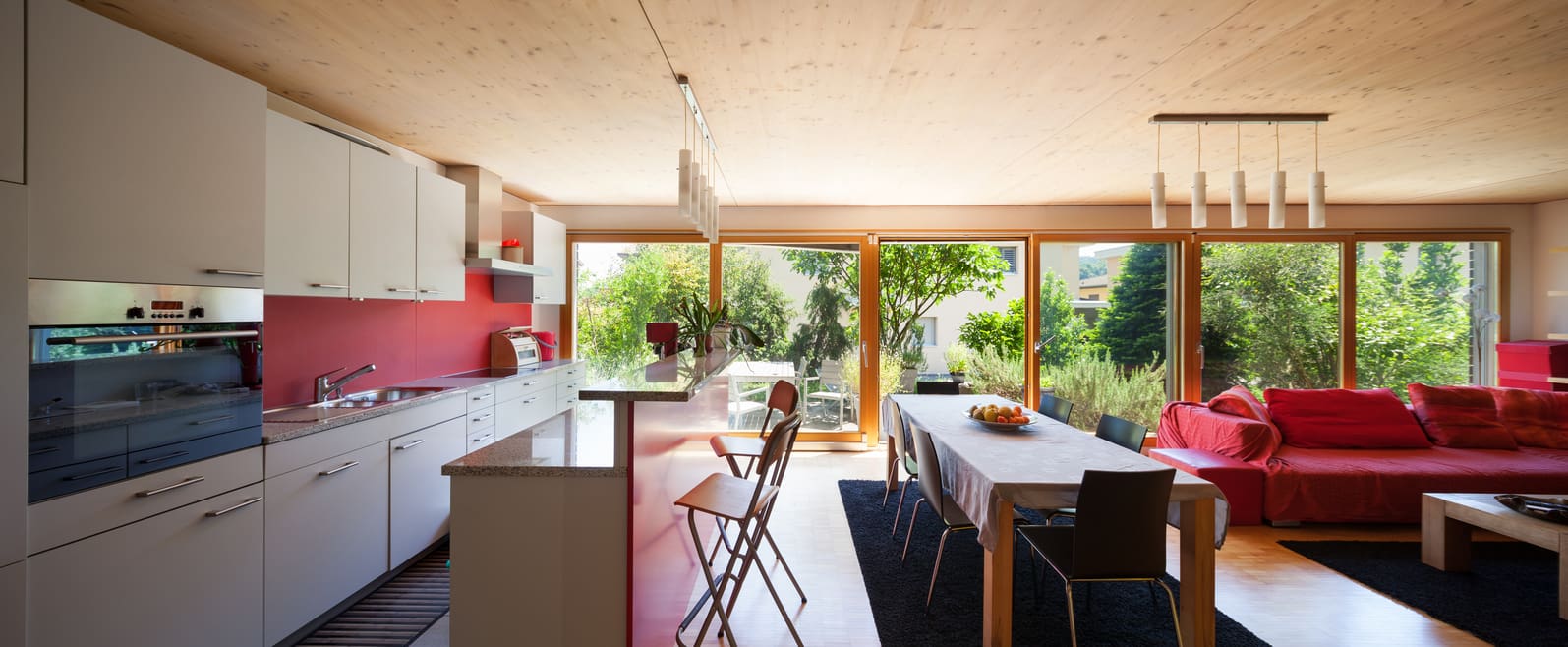A fix and flip loan is a short-term loan designed for real estate investors who purchase properties, renovate them, and quickly sell them for profit. These loans are typically provided by private lenders or hard money lenders and offer fast approvals with flexible terms. Fix and flip loans usually have higher interest rates (8-15%), short repayment periods (6-18 months), and are structured as interest-only payments until the property is sold or refinanced. They provide quick access to capital, allowing investors to fund purchase and renovation costs efficiently. Proper planning and budgeting are essential for a successful fix and flip project.
A fix and flip loan is a type of short-term financing used by real estate investors to purchase, renovate, and quickly resell a property for profit. These loans provide the necessary capital to acquire and improve a property, typically offering fast approvals and flexible terms.
How Does a Fix and Flip Loan Work?
Here’s how they work:
1. Fix and Flip Loan Application and Approval
Fix and flip loans are usually provided by private lenders or hard money lenders rather than traditional banks. The approval process is faster than conventional loans, often taking only a few days. Lenders focus more on the property’s potential value (after renovation) rather than the borrower’s credit score.
2. Loan Terms and Structure
- Short-term loan (typically 6-18 months)
- Higher interest rates (8-15%)
- Interest-only payments until the loan matures
- Loan-to-value (LTV) ratio of 65-85% of the property’s after-repair value (ARV)
3. Fund Disbursement
Lenders may release funds in stages, based on renovation progress. Investors often receive an initial amount for the purchase and additional funds in increments after inspections confirm project completion.
4. Repayment
Once the property is renovated and sold, the borrower repays the loan in full. Some investors choose to refinance the loan into a traditional mortgage if they plan to rent out the property instead.
What Are Fix and Flip Home Loans?
Fix and flip loans are ideal for experienced investors looking for quick capital, but they come with higher interest rates and short repayment terms. Proper planning and accurate cost estimates are crucial for a successful investment.
Starting a business to fix and flip home for a profit can be an excellent way to grow wealth in real estate. Fix and Flip loans are an essential tool to finance the business. One of the biggest challenges for people starting in this business is to qualify for a fix and flip loan to get you started.
It is easiest to get funding for fixing and flipping homes if you have a track record and a decent credit score. But if you are new to the business and lack a track record, you still may be able to get approved for fix and flip loans. Below are some of the best options for getting funding to fix and flip homes.
For real estate enthusiasts and investors, the fix and flip strategy is a popular way to earn a substantial profit by purchasing distressed or undervalued properties, renovating them, and then reselling them at a higher market value.
However, to embark on this journey, one crucial element is required: adequate financing. Fix and flip loans serve as the lifeblood of this dynamic and potentially lucrative venture.
Take Advantage of New Private Loan Sources for your Fix and Flip Business

#1 Hard Money Financing
Hard money financing has a reputation for being expensive, but they are still good options for new fix and flippers, and those who have had past credit problems.
For most hard money loans with bad credit, the value of the collateral – the property itself – is of more importance than your credit score.
These hard money flix and flip loans are a go-to option for many fix and flip investors.
They are asset-based loans, meaning they are secured by the property itself. Hard money lenders are typically less concerned about a borrower’s credit history and more focused on the property’s potential after renovation.
Hard money loans are probably the most popular ways to finance a fix and flip because the home generally is in too poor a condition to qualify for a bank loan.
You can find hard money lenders in most major cities and surrounding areas. Many private money lenders only want to lend money to people they know, and in areas they are familiar with. If you are entirely new to the fix and flip industry, you may need to partner with an experienced investor on your first few deals to qualify for a hard money loan.
Hard money fix and flip loans can run from 12 months up to five years, with private money rates in the 8-18% range. Points are often charged from 2-6%. While these loans are pricey, they can be closed in one or two weeks. Loan to value runs from 65-75%, so you will need to have some of your own cash to close the deal.
#2 Second Mortgage
Another excellent option to consider for funding your first fix and flip deals is to borrow equity from your home with a equity line or subordinate loan. You can take out a second mortgage loan or home construction line on your property and make monthly payments on the capital at a low interest rate.
Once you have fixed and flipped the property, you can pay back the second mortgage on your property. The major advantage of a home equity loan with poor credit is that in most cases you can get a competitive interest rate on the money.
Home Equity Line of Credit (HELOC): For those who own a primary residence and have built up equity, a HELOC can be a cost-effective option. It allows you to tap into your home’s equity to fund the fix and flip project.
However, be aware that you are putting up your home as collateral. If the fix and flip goes south, costs more than you expected, doesn’t sell for as much as you expected, or takes a long time to sell, you still have to pay the bank every month. You do not want to take an undue risk with your home, so it is recommended to only use this option for a fix and flip that you have carefully vetted.
2nd mortgages and HELOC loans are advertised for 10 to 25 years with average interest rates is in the 5-8% range. Home equity loans can close in two to four weeks, but are contingent upon your income and credit score.
#3 Private Bank Financing
Private Money Lenders: Investors often turn to individuals or private companies for financing. Private money lenders can offer flexibility in terms and may be more lenient regarding the borrower’s background. Bank financing for fix and flips is more challenging than a decade ago, but it still can be an option for experienced investors. Generally, you will need to have two years of experience fixing and flipping homes, have a portfolio of properties for collateral, and a high credit score. Also, you need to have a registered fix and flip company and have cash to put down for down payments. Do more research on investment property loans.
Bank financing for fix and flips may take a few months to get, but once you are approved, you will generally have a line of credit that you can continue to use. This is helpful because borrowers only have to pay interest on the money that is being used. Rates are also substantially lower than a hard money loan. Find out if your bank or credit union offers land loans.
Talk to Lenders and Brokers about New Rehab and Fix and Flip Loans that Help You Turn Profits Quicker with Less of a Down-Payment.

#4 RealtyShares
RealtyShares is one of the new and leading real estate crowdfunding websites.
To date it has helped investors to fund thousands of fix and flips.
At this time, the website has raised more than $300 million and has 92,000 registered users.
Project sponsors can obtain financing for fix and flip projects in only 10 days and choose if they want the financing to be debt or equity.
The online application is easy to use and project sponsors can be pre-qualified in only a day.
For a debt investment, RealtyShares is looking for sponsors with a credit score of 600 or higher. The loan to cost needs to be 80% or less and the loan to ARV should be under 65%. Companies that are being considered for funding will go through a complete background check and credit check before they are approved for potential funding. Approximately 5% of proposals on the site are eventually approved for money.
A major advantage of sites such as RealtyShares is that it gives the experienced investor the chance to get fast and affordable funding for fix and flip investment projects. At this time, most of the approved loans on RealtyShares are in CA, TX, IL, NJ and FL.
Interest rates for these loans can be as low as 9%, and the typical loan term is 3-18 months.
Typically fix and flip funding is not for first time buying. If you are seeking a first time home loan with bad credit, you need to speak with finance companies that are best equipped to meet your needs.
#5 Fix and Flip Loans
These are short-term fix and flip loans were created for explicitly for fix and flip properties. They come with competitive interest rates and may have less stringent credit requirements than traditional loans.
While fix and flip financing can be a rewarding venture, it’s not without its challenges and risks. Investors should carefully assess the cost of financing and the potential resale value of the property after renovation. If the project takes longer than expected, interest costs can accumulate, potentially impacting profitability.
If you just need money for a down-payment, consider a home equity line of credit on your primary residence and make sure you shop HELOC lenders.
Benefits of Fix and Flip Financing:
Quick Access to Funds: Fix and flip financing options often provide quicker access to capital compared to traditional loans, allowing investors to move swiftly in competitive real estate markets.
Asset-Centric Approach: Many fix and flip financing sources focus more on the property’s potential profitability after renovation, making them accessible even for investors with less-than-ideal credit.
Higher Profit Potential: By leveraging financing, investors can take on multiple projects simultaneously, increasing the potential for higher profits.
Flexible Terms: Different financing options come with varying terms, making it possible to tailor the fix and flip loan to the specific needs of the project.
The Bottom Line on Fix and Flip Loans
Wherever you get the funding for your fix and flip loan, it is very important to do a lot of research about the particular deal. You should have a very good understanding of the real estate market in that area before you consider investing.
This information should include detailed knowledge of the neighborhood you are buying in, and who you can hire to fix the home that is reliable and affordable. Lenders want to see that you have not just good credit but have a track record and a solid blueprint for success on the property in question.
Fix and flip financing is the backbone of real estate investors seeking to revitalize properties and turn a profit. It offers quick access to capital, flexibility in terms, and the opportunity to maximize potential earnings. However, investors must conduct thorough due diligence and financial planning to ensure the project remains profitable, as the risks are inherent in any real estate investment.
If you have no experience at all, getting a hard money loan is most likely the best bet. It is the most expensive option, but done right, it still can help you to turn a profit.
How to Finance a Fix and Flip in 2025?
In 2025, financing a fix and flip can be done through hard money loans, private lenders, HELOCs, business lines of credit, or crowdfunding platforms. Hard money loans remain a top choice due to their fast approval and short terms (6-18 months). Investors with strong credit and assets may secure conventional loans or personal loans. Proper budgeting and contingency planning are crucial to ensure profitability in fluctuating real estate markets.
Are Fix and Flip Loans Commercial?
Yes, fix and flip loans are often considered commercial loans but not always. There are fix an flip loans offered by residential lender and commercial banks as well. They are primarily used by real estate investors rather than traditional homebuyers. These loans are typically issued by private lenders or hard money lenders instead of banks. The property itself serves as collateral, and loan terms are short-term (6-18 months) with higher interest rates. Some investors also use business loans or commercial credit lines for funding.
How to Buy Fix and Flip Houses?
To buy fix and flip houses, follow these steps: 1) Research undervalued properties using MLS, auctions, or off-market deals. 2) Secure financing through hard money lenders, private investors, or cash savings. 3) Analyze repair costs and ARV (after-repair value) to ensure profitability. 4) Purchase the property and renovate strategically to maximize value. 5) Sell quickly to minimize holding costs and maximize returns. Proper due diligence is key to a successful flip.
References
